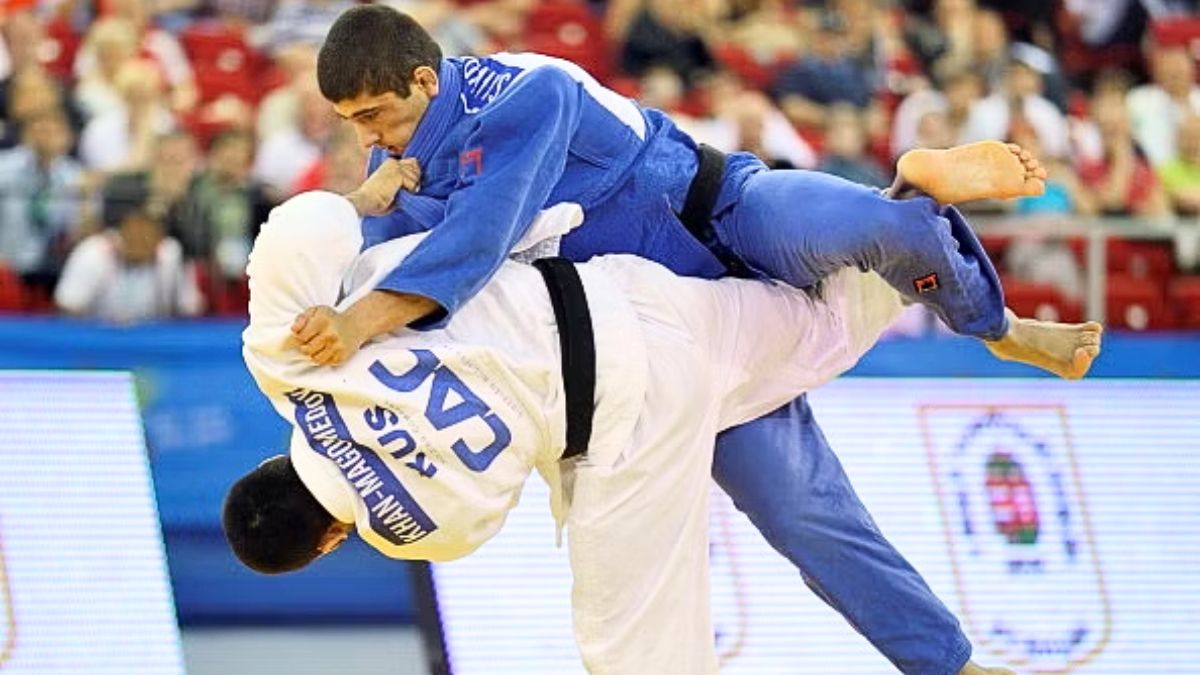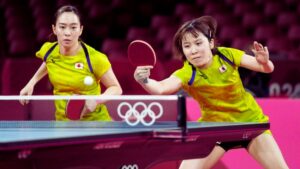India’s judo history at the Asian Games is one of tenacity, development, and sporadic victories. Judo has seen Indian competitors work hard to establish themselves on the world stage ever since it was first introduced as a sport at the Asian Games in 1966.
Also Read: India’s History in Gymnastics at Asian Games
India’s judoka have continually shown their dedication and potential, despite the fact that the nation may not be one of the traditional judo powerhouses.
When India first started competing in judo at the Asian Games, there were issues with training facilities, exposure to elite contests, and a lack of funding. Despite these obstacles, Indian judoka showed their commitment and enthusiasm, exemplifying the core principles of judo, such as perseverance and discipline.
When judoka Sunitha Rao earned the nation’s first-ever medal in the sport in 1990, it was one of India’s defining moments at the Asian Games. At the Asian Games in Beijing, she won a bronze medal in the women’s 56 kg division.
This accomplishment represented a crucial turning point and demonstrated India’s judo ability to compete at the continental level. Sunitha Rao’s accomplishments served as an example for later generations of Indian judoka and demonstrated the value of regular practice and exposure to other countries.
Indian judo has made significant gains and progress in recent Asian Games competitions. Sportspeople like Avtar Singh have ably and resolutely represented their nation.
The voyage of Avtar Singh to the 2018 Jakarta-Palembang Asian Games attracted interest because he was the first Indian judoka to compete in the men’s 100 kg division. His involvement showed India’s dedication to developing talent and broadening its judo boundaries.
Even if India’s judo medal total at the Asian Games is still relatively low in comparison to some other nations, the country’s participation is a testimonial to the tenacity of its competitors.
The Indian government and sports officials are aware of how crucial it is to encourage judo and offer athletes greater facilities for training, coaching, and infrastructure. These programs aim to develop a new generation of judo talent and strengthen India’s participation in international events like the Asian Games.
In summary, India’s history in judo at the Asian Games shows a path of slow development, punctuated by rare successes and a dedication to development. Indian judoka continue to push the envelope despite obstacles, learning from each experience and striving to make their presence known on the world stage.





